The 10 Biggest IoT News Stories Of 2021 (So Far)
Acquisitions in the IoT security space, major IoT product launches and a big partnership for Intel were among the top news stories in the IoT market for the year so far.

The Latest In IoT
The first half of 2021 saw an array of major developments in the IoT market, from news about IoT devices and IoT platform updates to the launch of new edge computing products. Among the vendors making a splash in IoT were Microsoft, AWS, Cisco and Aruba, which each unveiled new or updated products in the edge and IoT space during the first half of the year. IoT security was another big focus, with three acquisitions of IoT security firms and a sizable funding round for IoT security rising star Armis. And speaking of IoT security, the hack of connected security cameras made by Verkada was among the other major IoT news items from the initial months of 2021. Finally, Intel announced a partnership with an up-and-coming chip designer that has implications for the company’s battle with Nvidia and Arm, as those two companies prepare to merge as soon as next March.
For details on these announcements and more, check out our roundup of the 10 biggest IoT news stories of 2021 so far.
For more of the biggest startups, products and news stories of 2021 so far, click here.

10. Honeywell, SAP Launch Forge Connected Building Offering
In May, Honeywell and SAP announced a new offering for connected buildings that can help property owners and managers optimize their real estate operations to meet sustainability goals and right-size office space as more employers embrace flexible work policies. The cloud-based offering is called Honeywell Forge Real Estate Operations, and it’s meant to help building owners and managers make better decisions about their real estate holdings by aggregating and analyzing the financial, employee and real estate data from SAP systems as well as sensor and building data from Honeywell’s Forge IoT platform.
Forge Real Estate Operations was built on top of SAP Analytics Cloud and takes in building system and sensor data from Honeywell’s Forge platform to provide property managers and owners with insight into several areas: operational readiness, occupant safety, sustainability, financial intelligence, occupant experience and occupant utilization.
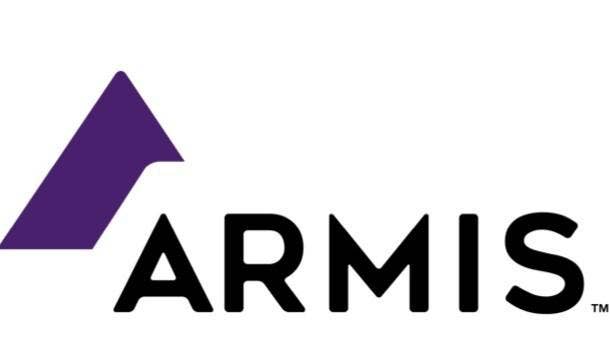
9. Armis Nearly Doubles Valuation To $2 Billion
In February, IoT security startup Armis disclosed that it had nearly doubled its valuation to $2 billion in less than a year thanks to a new funding round that aims to open business opportunities in health care, manufacturing and retail—even as the startup pursues its ambitions of going public. The Palo Alto, Calif.-based company announced a $125 million funding round from Brookfield Technology Partners — the investment arm of alternative asset management company Brookfield Asset Management — and other investors.
Armis shared plans to use the funding to create new opportunities to sell its agentless device security platform into more than 100 Brookfield-owned businesses located across more than 30 countries that cover manufacturing, health care, retail, renewable energy and real estate. Meanwhile, operational technology, which includes things like SCADA controls and energy monitoring systems, has also become an increasing focus for Armis in the past few years.
The latest round has brought the company’s total funding to $300 million. The deal also included participation from Insight Partners, which had acquired Armis last year at a $1.1 billion valuation; CapitalG, Alphabet’s growth fund; and Georgian Partners, a firm that focuses on high-growth software companies.
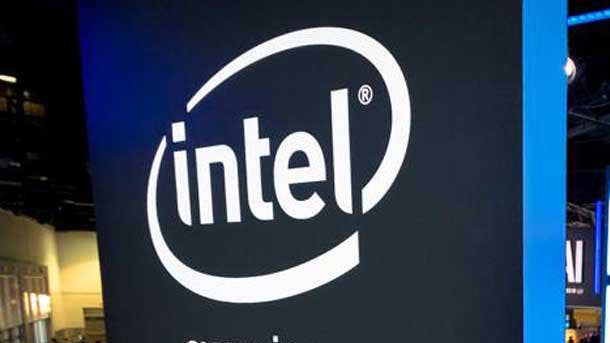
8. Intel Unifies Partner Tools With New Intel Partner Alliance Portal
In January, Intel unveiled a new online portal that consolidates previously disparate partner programs, including the Intel Technology Provider program and Intel IoT Solutions Alliance, under one umbrella. The online portal is central to the recently launched Intel Partner Alliance program, which brings together tens of thousands of partners of different roles—including solution providers, OEMs, software vendors and cloud service providers. The goal of the portal is to make it easier for partners to do business with Intel, allowing partners to access resources and manage benefits in a single interface with one login.
The online portal provides a personalized experience to each user based on the role, along with recommendations for points and rewards offers for products, as well as personalized content on a range of topics. Some partners also have an opportunity to join communities in Intel Partner Alliance around cloud computing, IoT and field-programmable gate arrays.

7. Three IoT Security Firms Acquired
In June, the acquisitions of three IoT security firms—ExtraHop, Vdoo and ReFirm Labs—were announced.
DevOps platform provider JFrog announced an agreement to buy Vdoo for $300 million to provide holistic security from the development environment all the way to the edge, IoT and devices. Vdoo can extend security to embedded software on conventional and IoT devices, conduct firmware scanning, and identify unique vulnerabilities in compiled C/C++ application components.
Private equity firms Bain Capital and Crosspoint Capital announced they have agreed to purchase ExtraHop for $900 million. The company said the planned acquisition should help extend the power of its platform to consolidate adjacent markets like intrusion detection, network forensics and IoT security.
Additionally in June, Microsoft said it has purchased ReFirm Labs to enhance the software giant’s firmware analysis and security capabilities from servers to IoT. Terms were not disclosed.
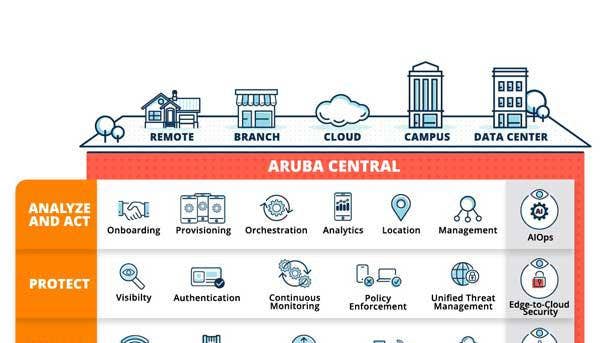
6. Aruba ESP Gets IoT Boost
Aruba announced in June that it’s powering up its one-year-old Edge Services Platform (ESP) with more AI and security to power IoT operations.
Aruba ESP is an intelligent architecture that is helping partners and end customers manage their increasingly complex wired, wireless, SD-WAN and security infrastructures. Aruba Central, the company’s flagship network management and analytics platform which sits inside Aruba ESP, has been injected with AIops, cloud-based authentication and policy capabilities, and an IoT operations service.
The IoT operations service provides granular visibility to IoT devices connected on the network, including sensors, connectors, and other IoT infrastructure. The service also supports BLE and ZigBee devices.
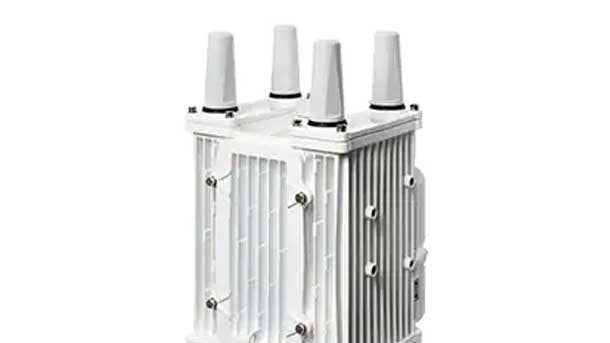
5. Cisco Debuts Industrial Edge Routers, IoT Gateway Series
In June, Cisco unveiled a new line of Catalyst industrial edge routers for mobile and fixed asset connectivity and an IoT gateway series for IoT use cases.
The new portfolio of three routers and a new IoT gateway series aim to extend the enterprise network and SD-WAN to the edge and allow businesses to tap into that valuable data to power connected operations, rather than edge environments that work in isolation. The routers also help connect and power new use cases that have been cropping up in new places as a result of digital transformation, including connected utility substations and transportation, Cisco said.
The new Cisco Catalyst 5G industrial routers complement the Cisco Catalyst IR1101, an integrated services router for ruggedized IoT environments. The routers are based on Cisco IOS XE software, Cisco said.
The 5G-capable industrial edge routers can be managed from the cloud or on-premises by IT teams using Cisco DNA Center and Cisco vManage, as well as operations teams via the Cisco IoT Operations Dashboard and the Cisco IoT Field Network Director. The benefit is that it creates a single, simplified way to allow for IT/OT collaboration, Cisco says.
The new Cisco IoT Gateway Series for indoor or outdoor connectivity comes packaged with Cisco’s cloud-based IoT Operations Dashboard.
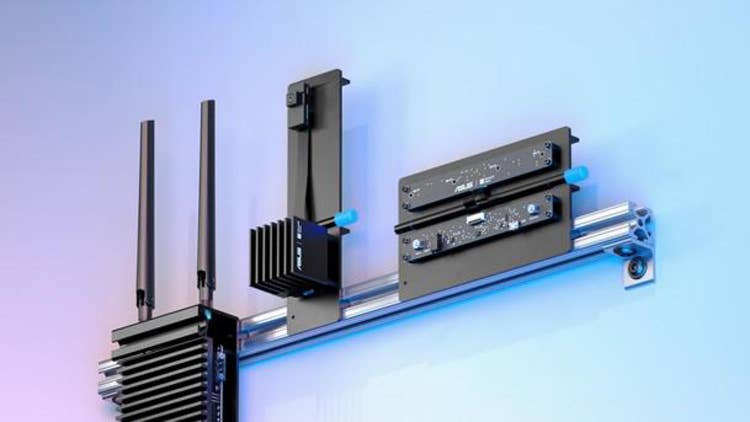
4. Microsoft Unveils Azure Percept
In March, Microsoft unveiled its new Azure Percept solution with the aim of helping users to bring AI to the edge through the company’s Azure platform. Azure Percept is meant to help customers develop and operate AI models in lower-power cameras and audio devices regardless of customers’ coding expertise. Percept draws on Azure cloud offerings including device management, AI model development and analytics to provide an “end-to-end” system, Microsoft said. Azure Percept works automatically with Azure AI, Azure Cognitive Services, Azure Machine Learning and Azure Live Video Analytics, and it’s integrated with Azure IoT services.
Microsoft says that Percept can help customers use pre-built Azure AI models for object detection, shelf analytics, anomaly detection, keyword spotting and other functions at the edge. The Percept platform includes a development kit with the Azure Percept Vision intelligent camera, a carrier board and mounting tools.
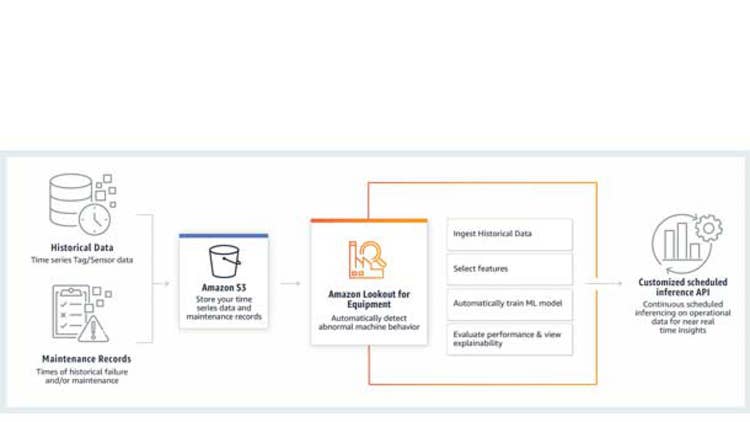
3. AWS Launches New IoT Platforms
During the first half of the year, Amazon Web Services announced general availability for two new IoT platforms—Amazon Lookout for Vision and Amazon Lookout for Equipment.
Amazon Lookout for Vision is a computer vision service that allows users to train models with as few as 30 baseline images, thanks to a machine learning technique called “few-shot learning.” The Lookout for Vision service can be used to detect manufacturing and production defects like cracks, dents and incorrect colors. AWS touts Lookout for Vision as a highly accurate and inexpensive anomaly detection offering that doesn’t require machine learning experience to use. The service can be combined with Amazon Lookout for Equipment, Amazon Monitron and AWS Panorama to provide a “comprehensive suite of cloud-to-edge industrial machine learning services.”
Meanwhile, Amazon Lookout for Equipment is a predictive maintenance service that uses machine learning models to predict when machines are underperforming or on the brink of failure. The Lookout for Equipment service allows users to quickly detect abnormalities and diagnose issues to avoid expensive downtime with machines. This is made possible by the service’s ability to automatically analyze sensor data and assess normal patterns. The service can even drill down into the specific sensors that are sending anomalous data. AWS touts Lookout for Equipment as a quick and easy way to build a predictive maintenance offering for multi-site facilities.

2. Hackers Breach Verkada Connected Security Cameras
In a major IoT security incident, a hacking group disclosed in March that it had breached the connected security camera startup Verkada--giving the group access to live feeds from 150,000 cameras in locations that included hospitals, schools and companies. Tesla and Cloudflare are among the companies whose connected cameras were hacked, according to the group. Bloomberg viewed footage provided by the group, including inside a hospital and a Tesla warehouse. One of the hackers who claimed credit for the breach, Tillie Kottmann, told Bloomberg that the hack was meant to show the “pervasiveness” of video surveillance cameras as well as the ease of hacking into the cameras. Verkada responded by hiring FireEye’s Mandiant group to perform an investigation, and by introducing security improvements such as enhanced multifactor authentication and a new support permission system to provide greater protection against hacking.
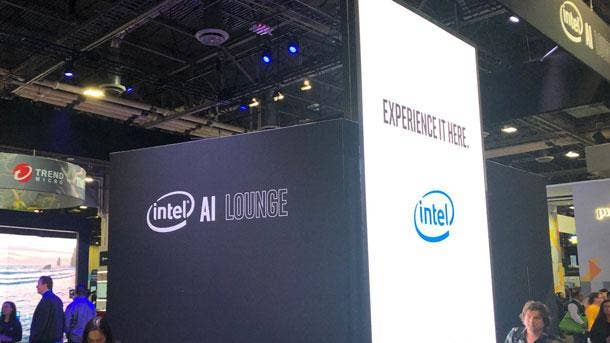
1. Intel Teams Up With SiFive As Nvidia-Arm Deal Looms
In June, Intel revealed a partnership with SiFive, an up-and-coming chip designer focused on enabling applications such as IoT. SiFive competes with Arm using an open-source architecture called RISC-V--and Intel’s partnership with SiFive comes amid Nvidia’s planned $40 billion acquisition of Arm.
Intel disclosed that it plans to use SiFive’s high-performance P550 processor technology within its forthcoming 7-nanometer Horse Creek chips. The Horse Creek processors will reportedly be used for products including IoT devices. “By combining Intel‘s leading-edge interface IP such as DDR and PCIe with SiFive’s highest performance processor, Horse Creek will provide a valuable and expandable development vehicle for cutting-edge RISC-V applications,” said Amber Huffman, Intel Fellow and CTO of the IP engineering group at Intel, in a news release.
Previously, SiFive announced a deal to embed its technology in semiconductors made by Bouffalo Lab for use in IoT devices, such as smart home devices, and SiFive also touts being able to offer customer silicon solutions for consumer and industrial IoT. Meanwhile, in June, reports emerged that Intel had offered to acquire SiFive for $2 billion. Intel Capital is among the investors in SiFive.
Nvidia has said that it plans to complete its acquisition of Arm, a major provider of silicon designs for IoT processors, by March 2022.